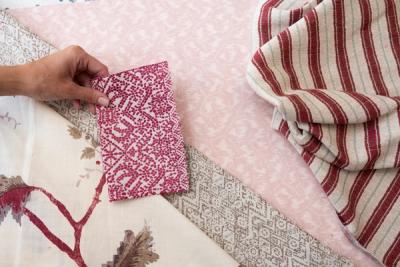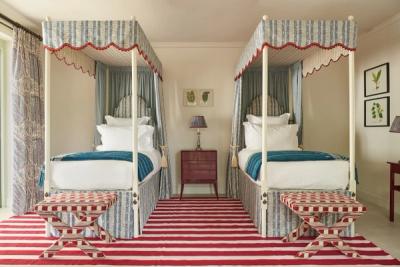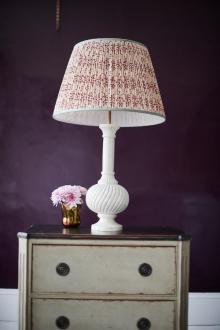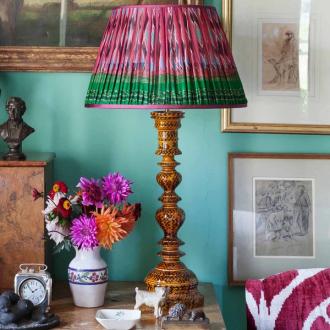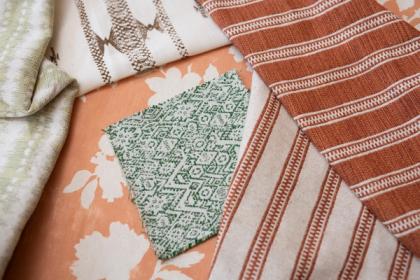The Penny Morrison Guide to the 5 Elements of Interior Design

The Penny Morrison Guide to the 5 Elements of Interior Design

Unless you’re an interior designer – or, alternatively, an avid devourer of the interior design books, magazine, and TV shows – there’s a good chance that you approach decorating your home in a very different way to the pros. This isn’t a bad thing, and some of the most beautiful and welcoming homes out there have been put together with a certain degree of haphazard creativity – a spontaneous approach to finding what you love, and finding a way to integrate it into the home.
Still, it’s once our homes near that point of being ‘just right’ that we start to take a step back once again, appraise it from an outsider’s perspective (as best we can, anyway) and ask ourselves whether we can’t somehow take it up another level.
But we don’t need to take on a full-time interior designer – or enrol on a university course – to elevate the layout, décor, colour palettes and lighting within our homes. It’s always an option but, if you like slowly chipping away at a project around the house, working through the 5 elements of interior design is a great place to get started.
For that reason, here is our crash course in the five elements of interior design and, most importantly, how to really use them to your advantage in order to create a beautifully appointed home worthy of the pages of a magazine…
What are the Five Elements of Interior Design?
Different people will give you slightly different answers to this question. Some will add a couple of extra elements onto the end, while the fundamentalists will probably shave that number down to just one or two elements.
For us, it’s helpful to think of the cornerstones of interior design as colour, texture, light, print, and depth/dimension. By intentionally running through these elements each time you rework a room, you can really start to appreciate how you can take advantage of the interplay between them to elevate your room’s design and explore your own tastes and preferences as much as possible.
The result? Something that is not only beautiful, but perfectly suited to you. Following specific trends in interior design can very easily lead to rooms that feel more generic than fresh – rooms that, let’s face it, will be crying out for redecorating in a few months’ time. Better to use ‘the basics’ as a means of exploring what you love, rather than what’s hot right now.
Colour
A colour story says so many in and of itself. Don’t believe us? Think about how quickly an entire vision can form in your head just at the sight of a handful of paint samples – or how much a piece of colour-block furniture can appear to change with the addition of just one or two accent cushions in contrasting colours.
In other words, there is so much you can do with colour – and so many ways you can express yourself. True, there’s a finite number of shades out there, but think about the different impressions made by a room decorated and furnished in monochrome, a room put together around a rigid three-colour scheme, and a room that is bursting with virtually every colour and shade imaginable.
We’re very fond of exploring colour, and how complementary and contrasting shades can be used together to create something really special, personal, and eclectic. In the past, however, we have dipped our toes into the world of decorating around a strict colour palette – definitely worth a read if you’ve always wondered whether or not it’s possible to put together a monochromatic room.
Colour isn’t just about aesthetics; it can be used to make a real difference to a room’s sense of structure and flow. It’s something we put to good use in our guide to using wallpaper to decorative the narrow space of the hallway.
Texture
If you have spent much time on our site, then you’ll know already that we’re always on the lookout to incorporate new textures into a room. Our passion for natural fibres like flax (linen) and cotton mean that the softer furnishings never pose a struggle for us, but we don’t tend to stop there.
Wallpaper is an excellent excuse for bringing a greater sense of texture into a room. While larger, bolder patterns make a great visual statement, smaller geometrics and abstracts really have the edge when it comes to getting that textured look on the walls.
Our Nankeeng print – excellent – is one of our favourite examples of this. The tight, subtle, and distressed pattern brings with it a real sense of depth. Woven uncoated wallpapers are naturally more textured than vinyl, and the print itself really helps to make this wallpaper feel like it has altered the entire surface of the wall in some way.
What we love about patterns like these is the way their impact changes depending on where you are in the room. From a distance, it’s a lot more abstract; that sense of texture is there, but the shapes themselves seem amorphous. Up close, the real intricacies of the pattern are there to see, and prove that you don’t need to fill a big wall with a big pattern to make the most of it.
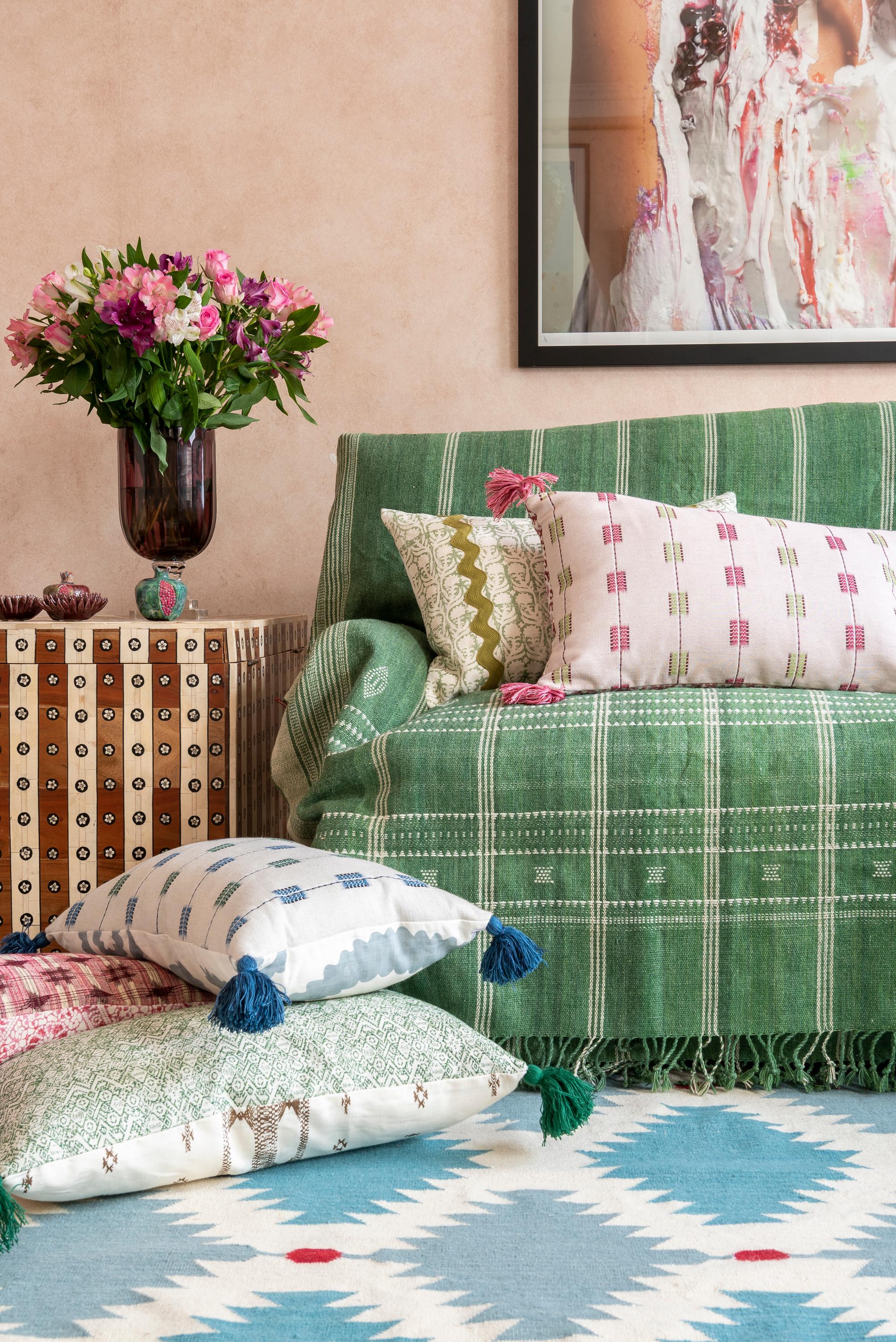
Light
Lighting is the make or break of interior design. Even the most beautifully decorated room will fail to have any significant impact on us if the lighting lets it down – and it really can let it down.
Like marmite, the ambient lights in your living room, bedrooms, snug, study and even your kitchen are very divisive. Personally, we avoid them as much as possible in favour of lighting that is designed to be a little softer on the eyes, a little more inviting, and a little more beneficial to the atmosphere.
For us, that often means maximising the room’s reliance on decorative light. True, there will always be times for the ‘bright beams’, but the ritual of transitioning from the overheads to the lamps and candles will always mean that we aim to keep ‘those times’ to a minimum.
The main benefits to outfitting your rooms with plenty of decorative lighting are, first of all, that you can layer light – itself important not just for texture, but for depth and dimension – as well as enjoying more versatility, accentuated features around the room, and spaces that are, put simply, just more comfortable on the eyes.
Such is our commitment to decorative lighting that we have written an entire guide to choosing your lamp bases and shades and building your rooms around a more artistic approach to lighting.
Pattern
Like most of the items on this list, pattern ties-in very neatly with other elements like texture, dimension and, to a certain extent, colour, too.
But pattern is also a key consideration in and of itself. For some people, introducing any new patterns into a room is a daunting prospect; it’s very easy to fall in love with a particular print but, if you find yourself consistently leaning toward a more minimalist style, it’s a lot harder to actually work out how and where that pattern fits into your style. In this case, reading our guide to using patterned wallpaper in a more minimalistic space could help you find your way forward.
For other people, finding and using new patterns is the easiest thing in the world. The rest of us live somewhere in between – wavering, second-guessing, but rarely enough to walk away completely.
We’ve put together a few key tips for organising a room around a statement pattern, but it’s always important to keep in mind that pattern doesn’t have to represent a decorative anchor for the entire room. It is possible to introduce a variety of prints without one taking precedent over the rest.
Depth/Dimension
When we talk about creating a sense of depth or dimension in a space, we’re not talking about one specific thing or feature – we’re referring to the ways in which all your room’s separate elements work together to create that plush, sumptuous appearance that makes a room feel so interesting and inviting from the doorway.
It’s all too easy for a room to feel flat and unexciting – that ‘waiting room’ vibe that hasn’t got anything significantly ‘wrong’ with it, but just feels unmemorable and, while not uninviting, not particularly inviting either.
One of our favourite ways to create a sense of depth and dimension within any room of the home is, as we mentioned above, to work on layering those light sources. It’s surprising what a difference it can make to move away from those blanket-white overhead lights and, instead, to intentionally create areas of brighter light, areas of dimmer light, and areas of shadow.
But there are other things you can do to complement your layered lighting. Another tried-and-tested method is to work on zoning a room using wallpaper. Since larger, open-plan rooms tend to be harder to create that sense of depth within – even with some strategically placed items of furniture – utilising the walls to create your own boundaries and a sense of separation between one ‘area’ and the next is a very useful trick to keep up your sleeve.
For a dining room – a room often lacking in that sense of movement and dimension – our guide to will be particularly useful.
Otherwise, remember that the extra touches are often the most powerful. If your living room seating is all centred around the TV, then look for an opportunity to create a little extra area outside of that ‘zone’. A slipper chair pushed into the corner with a lamp and a little side table makes for a great extra – or, if you have one, take a look at our .
Bringing it all Together
Professional interior designers work to deadlines, but it’s important to remember that, if you’re doing it alone, you’re not working to any particular timescale. It’s far better to approach any redecorations or renovations as a long-term passion project, rather than a race to get those ‘after’ photos.
Rushing to get your home to the finish line can mean that you’re more prone to embracing trends and ‘interior design fads’. This isn’t weakness, and we’re all susceptible to these fleeting fashions to some extent, but the key to loving your home’s design for years and years to come – not wasting money or effort on pieces that have a very short shelf life – is to focus on what your vision is, rather than what’s trending on Instagram and Pinterest.
It is, of course, harder than it sounds, but approaching your home’s interior design as a marathon rather than a sprint means that you can get used to those trends popping up and subsequently passing into the annals of history.
But however much time you take over your home’s redesign, it’s almost invariably going to be the case that you find it easier to focus on the individual elements than on bringing them all together. For this, the key is to remain open to experimentation – to give ideas time to grow on you or not, to complement a space or to work against it. Let any major change sit for a couple of days, remember that not everything has to match or coordinate to look right and beautiful.
At Penny Morrison, our passion lies with a slower and more intentional approach to creating our pieces. From the artisans we work with to the designs we draw-up and print here in the UK, everything is centred on our love for prioritising long-term beauty and sustainability over temporary styles, trends, and workmanship.
For inspiration straight from the source, take a look around our site. Lay your foundations with our signature Fabrics and Wallpapers – order your swatches and get to know them in the unique conditions of your own home – before moving onto those all-important Furnishings and Accessories. Take your time, enjoy the process, and look forward to drawing all these separate elements together.


